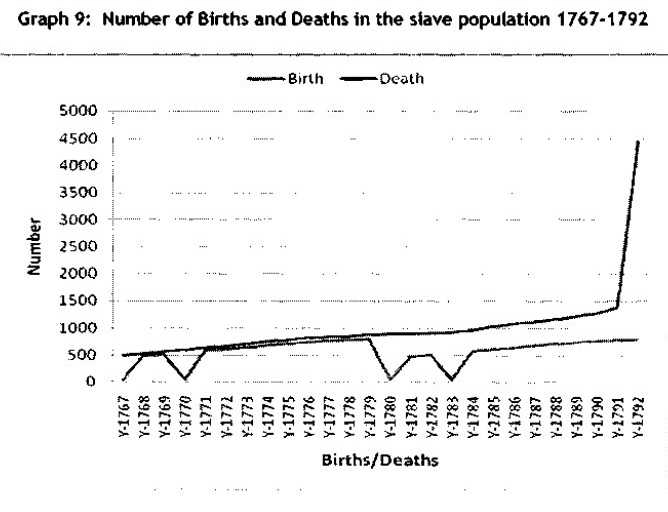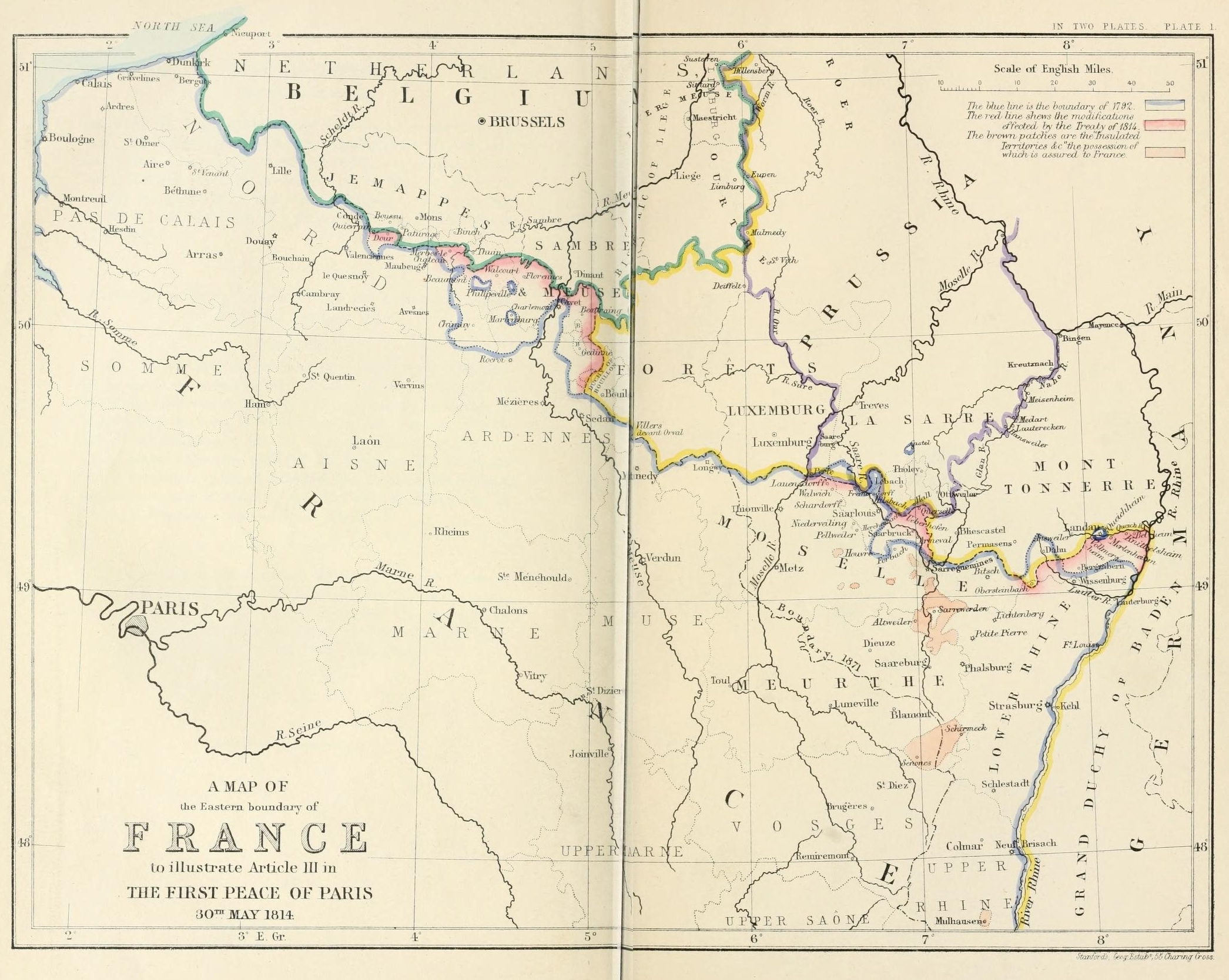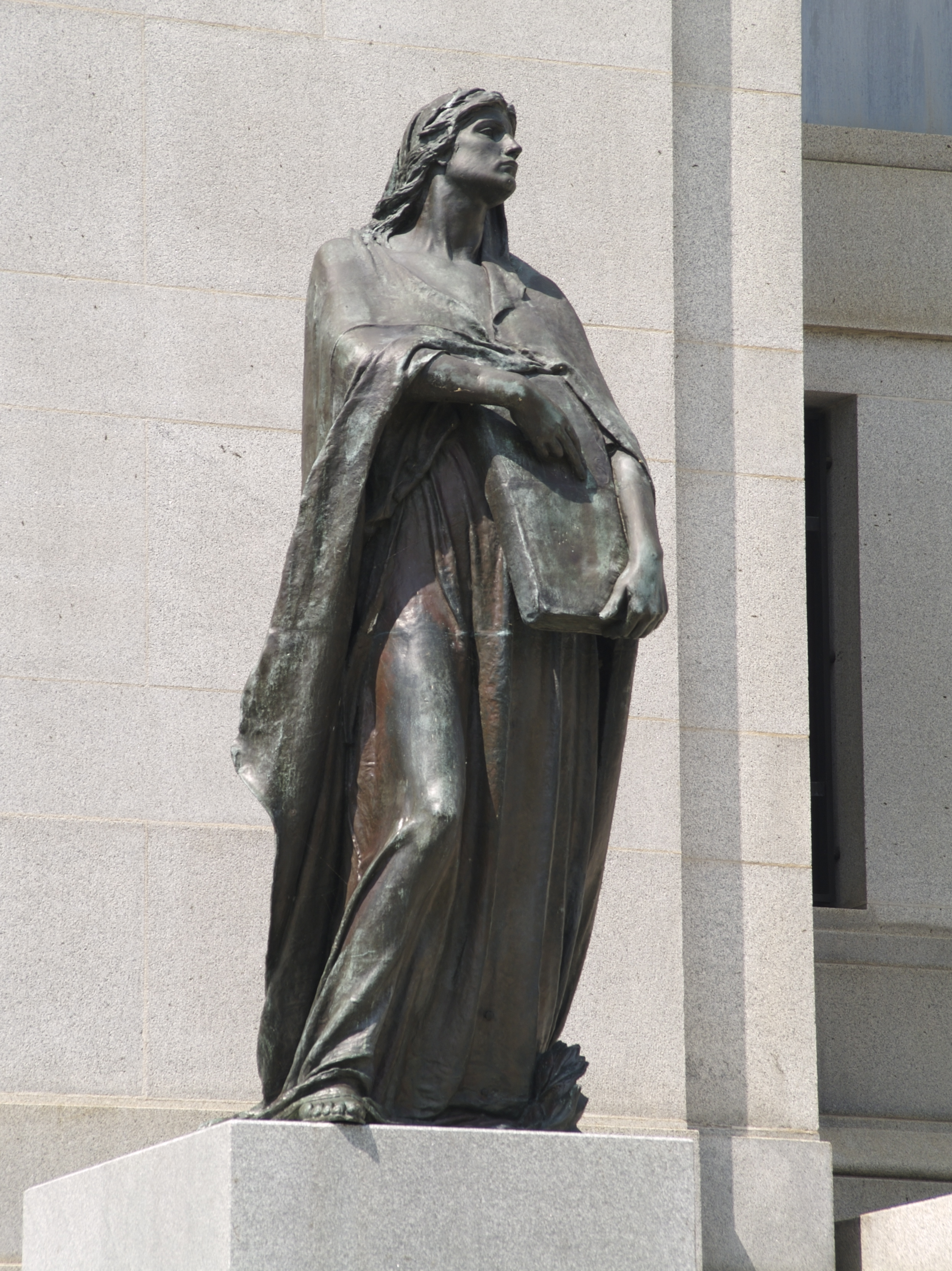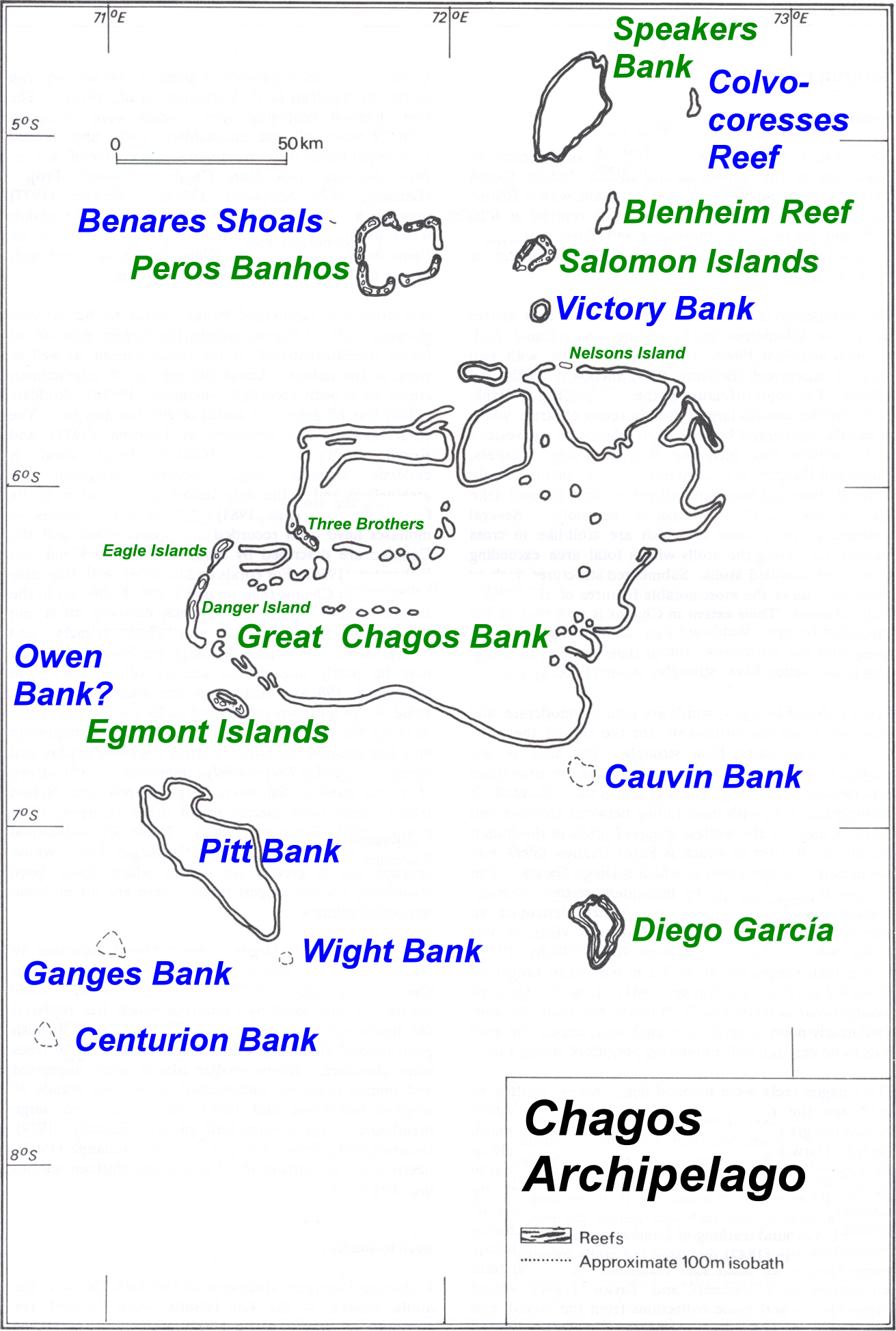|
Truth And Justice Commission
The Truth and Justice Commission of Mauritius was an independent truth commission established in 2009, which explored the impact of slavery and indentured servitude in Mauritius. The Commission was tasked to investigate the dispossession of land, and “determine appropriate measures to be extended to descendants of slaves and indentured laborers.” It was “unique in that it ealtwith socio-economic class abuses" and explored the possibility of reparations. The inclusion of reparations, whether for individuals or communities, was a controversial decision within the country which aimed to correct inequality. The Commission attempted to cover more than 370 years, the longest period of time that a truth commission has ever covered. The Commission consisted of five members who were appointed by the then President Sir Anerood Jugnauth. The President selected Alex Boraine, the former deputy chair of the South African Truth and Reconciliation Commission, and four Mauritians to overse ... [...More Info...] [...Related Items...] OR: [Wikipedia] [Google] [Baidu] |
Mauritius
Mauritius ( ; french: Maurice, link=no ; mfe, label=Mauritian Creole, Moris ), officially the Republic of Mauritius, is an island nation in the Indian Ocean about off the southeast coast of the African continent, east of Madagascar. It includes the main island (also called Mauritius), as well as Rodrigues, Agaléga and St. Brandon. The islands of Mauritius and Rodrigues, along with nearby Réunion (a French overseas department), are part of the Mascarene Islands. The main island of Mauritius, where most of the population is concentrated, hosts the capital and largest city, Port Louis. The country spans and has an exclusive economic zone covering . Arab sailors were the first to discover the uninhabited island, around 975, and they called it ''Dina Arobi''. The earliest discovery was in 1507 by Portuguese sailors, who otherwise took little interest in the islands. The Dutch took possession in 1598, establishing a succession of short-lived settlements over a period of about ... [...More Info...] [...Related Items...] OR: [Wikipedia] [Google] [Baidu] |
Treaty Of Paris (1814)
The Treaty of Paris, signed on 30 May 1814, ended the war between France and the Sixth Coalition, part of the Napoleonic Wars, following an armistice signed on 23 April between Charles, Count of Artois, and the allies. The treaty set the borders for France under the House of Bourbon and restored territories to other nations. It is sometimes called the First Peace of Paris, as another one followed in 1815. Parties to the treaty This treaty was signed on 30 May 1814, following an armistice signed on 23 April 1814 between Charles, Count of Artois, and the allies. Napoleon had abdicated as Emperor on 6 April, as a result of negotiations at Fontainebleau. Peace talks had started on 9 May between Talleyrand, who negotiated with the allies of Chaumont on behalf of the exiled Bourbon king Louis XVIII of France, and the allies. The Treaty of Paris established peace between France and Great Britain, Russia, Austria, and Prussia, who in March had defined their common war aim in Chaum ... [...More Info...] [...Related Items...] OR: [Wikipedia] [Google] [Baidu] |
2009 Establishments In Mauritius
9 (nine) is the natural number following and preceding . Evolution of the Arabic digit In the beginning, various Indians wrote a digit 9 similar in shape to the modern closing question mark without the bottom dot. The Kshatrapa, Andhra and Gupta started curving the bottom vertical line coming up with a -look-alike. The Nagari continued the bottom stroke to make a circle and enclose the 3-look-alike, in much the same way that the sign @ encircles a lowercase ''a''. As time went on, the enclosing circle became bigger and its line continued beyond the circle downwards, as the 3-look-alike became smaller. Soon, all that was left of the 3-look-alike was a squiggle. The Arabs simply connected that squiggle to the downward stroke at the middle and subsequent European change was purely cosmetic. While the shape of the glyph for the digit 9 has an ascender in most modern typefaces, in typefaces with text figures the character usually has a descender, as, for example, in . The mod ... [...More Info...] [...Related Items...] OR: [Wikipedia] [Google] [Baidu] |
Truth And Reconciliation Commissions
Truth is the property of being in accord with fact or reality.Merriam-Webster's Online Dictionarytruth 2005 In everyday language, truth is typically ascribed to things that aim to represent reality or otherwise correspond to it, such as beliefs, propositions, and declarative sentences. Truth is usually held to be the opposite of falsehood. The concept of truth is discussed and debated in various contexts, including philosophy, art, theology, and science. Most human activities depend upon the concept, where its nature as a concept is assumed rather than being a subject of discussion; these include most of the sciences, law, journalism, and everyday life. Some philosophers view the concept of truth as basic, and unable to be explained in any terms that are more easily understood than the concept of truth itself. Most commonly, truth is viewed as the correspondence of language or thought to a mind-independent world. This is called the correspondence theory of truth. Various theorie ... [...More Info...] [...Related Items...] OR: [Wikipedia] [Google] [Baidu] |
Crimes Against Humanity
Crimes against humanity are widespread or systemic acts committed by or on behalf of a ''de facto'' authority, usually a state, that grossly violate human rights. Unlike war crimes, crimes against humanity do not have to take place within the context of war, and apply to widespread practices rather than acts committed by individuals. Although crimes against humanity apply to acts committed by or on behalf of authorities, they need not be official policy, and require only tolerance rather than explicit approval. The first prosecution for crimes against humanity took place at the Nuremberg trials. Initially being considered for legal use, widely in international law, following the Holocaust a global standard of human rights was articulated in the Universal Declaration of Human Rights (1948). Political groups or states that violate or incite violation of human rights norms, as found in the Declaration, are an expression of the political pathologies associated with crimes against hu ... [...More Info...] [...Related Items...] OR: [Wikipedia] [Google] [Baidu] |
Memorial
A memorial is an object or place which serves as a focus for the memory or the commemoration of something, usually an influential, deceased person or a historical, tragic event. Popular forms of memorials include landmark objects or works of art such as sculptures, statues or fountains and parks. Larger memorials may be known as monuments. Types The most common type of memorial is the gravestone or the memorial plaque. Also common are war memorials commemorating those who have died in wars. Memorials in the form of a cross are called intending crosses. Online memorials are often created on websites and social media to allow digital access as an alternative to physical memorials which may not be feasible or easily accessible. When somebody has died, the family may request that a memorial gift (usually money) be given to a designated charity, or that a tree be planted in memory of the person. Those temporary or makeshift memorials are also called grassroots memorials.''Grassroo ... [...More Info...] [...Related Items...] OR: [Wikipedia] [Google] [Baidu] |
Chagos Archipelago
The Chagos Archipelago () or Chagos Islands (formerly the Bassas de Chagas, and later the Oil Islands) is a group of seven atolls comprising more than 60 islands in the Indian Ocean about 500 kilometres (310 mi) south of the Maldives archipelago. This chain of islands is the southernmost archipelago of the Chagos–Laccadive Ridge, a long submarine mountain range in the Indian Ocean. In its north are the Salomon Islands, Nelson's Island and Peros Banhos; towards its south-west are the Three Brothers, Eagle, Egmont and Danger Island(s); southeast of these is Diego Garcia, by far the largest island. All are low-lying atolls, save for a few extremely small instances, set around lagoons. The Chagos Islands had been home to the native Chagossians, a Bourbonnais Creole-speaking people, until the United Kingdom expelled them from the archipelago at the request of the United States between 1967 and 1973 to allow the United States to build a military base on Diego Garcia. Since 197 ... [...More Info...] [...Related Items...] OR: [Wikipedia] [Google] [Baidu] |
Agaléga
Agaléga (french: îles Agaléga) is a dependency of Mauritius which consists of two outer islands located in the Indian Ocean, about north of Mauritius Island. The population of the islands as at July 2011 was estimated at 289. The islands have a total area of . The North island is long and wide, while the South island is long and wide. The North Island is home to the islands' airstrip and the capital Vingt-Cinq. The islands are known for their coconuts, the production of which is their main industry, and for the Agalega day gecko. There is a Memorandum of Understanding between the Government of Mauritius and the Government of India to develop the Agaléga islands and allowing India to set up a military base there"I ... [...More Info...] [...Related Items...] OR: [Wikipedia] [Google] [Baidu] |
Rodrigues
Rodrigues (french: Île Rodrigues, link=yes ; Creole: ) is a autonomous outer island of the Republic of Mauritius in the Indian Ocean, about east of Mauritius. It is part of the Mascarene Islands, which include Mauritius and Réunion. Rodrigues is of volcanic origin and is surrounded by coral reef, and some tiny uninhabited islands lie just off its coast. The island used to be the tenth District of Mauritius; it gained autonomous status on 10 December 2002, and it is governed by the Rodrigues Regional Assembly. The capital of the island is Port Mathurin. The islands of Rodrigues, Agaléga and Saint Brandon form part of the larger territory of the Republic of Mauritius. Its inhabitants are Mauritian citizens. , the island's population was about 41,669, according to Statistics Mauritius. Most of the inhabitants are of African descent. Its economy is based mainly on fishing, farming, handicraft and a developing tourism sector. Etymology and history The uninhabited island w ... [...More Info...] [...Related Items...] OR: [Wikipedia] [Google] [Baidu] |
Public History
Public history is a broad range of activities undertaken by people with some training in the discipline of history who are generally working outside of specialized academic settings. Public history practice is deeply rooted in the areas of historic preservation, archival science, oral history, museum curatorship, and other related fields. The field has become increasingly professionalized in the United States and Canada since the late 1970s. Some of the most common settings for the practice of public history are museums, historic homes and historic sites, parks, battlefields, archives, film and television companies, new media, and all levels of government. Definition Because it incorporates a wide range of practices and takes place in many different settings, public history proves resistant to being precisely defined. Several key elements often emerge from the discourse of those who identify themselves as public historians: * A focus on history for the general public, rather than ac ... [...More Info...] [...Related Items...] OR: [Wikipedia] [Google] [Baidu] |
Slave Badge
Slavery and enslavement are both the state and the condition of being a slave—someone forbidden to quit one's service for an enslaver, and who is treated by the enslaver as property. Slavery typically involves slaves being made to perform some form of work while also having their location or residence dictated by the enslaver. Many historical cases of enslavement occurred as a result of breaking the law, becoming indebted, or suffering a military defeat; other forms of slavery were instituted along demographic lines such as race. Slaves may be kept in bondage for life or for a fixed period of time, after which they would be granted freedom. Although slavery is usually involuntary and involves coercion, there are also cases where people voluntarily enter into slavery to pay a debt or earn money due to poverty. In the course of human history, slavery was a typical feature of civilization, and was legal in most societies, but it is now outlawed in most countries of the wo ... [...More Info...] [...Related Items...] OR: [Wikipedia] [Google] [Baidu] |
Desmond Tutu
Desmond Mpilo Tutu (7 October 193126 December 2021) was a South African Anglican bishop and theologian, known for his work as an anti-apartheid and human rights activist. He was Bishop of Johannesburg from 1985 to 1986 and then Archbishop of Cape Town from 1986 to 1996, in both cases being the first black African to hold the position. Theologically, he sought to fuse ideas from black theology with African theology. Tutu was born of mixed Xhosa and Motswana heritage to a poor family in Klerksdorp, South Africa. Entering adulthood, he trained as a teacher and married Nomalizo Leah Tutu, with whom he had several children. In 1960, he was ordained as an Anglican priest and in 1962 moved to the United Kingdom to study theology at King's College London. In 1966 he returned to southern Africa, teaching at the Federal Theological Seminary and then the University of Botswana, Lesotho and Swaziland. In 1972, he became the Theological Education Fund's director for Africa, a posit ... [...More Info...] [...Related Items...] OR: [Wikipedia] [Google] [Baidu] |









